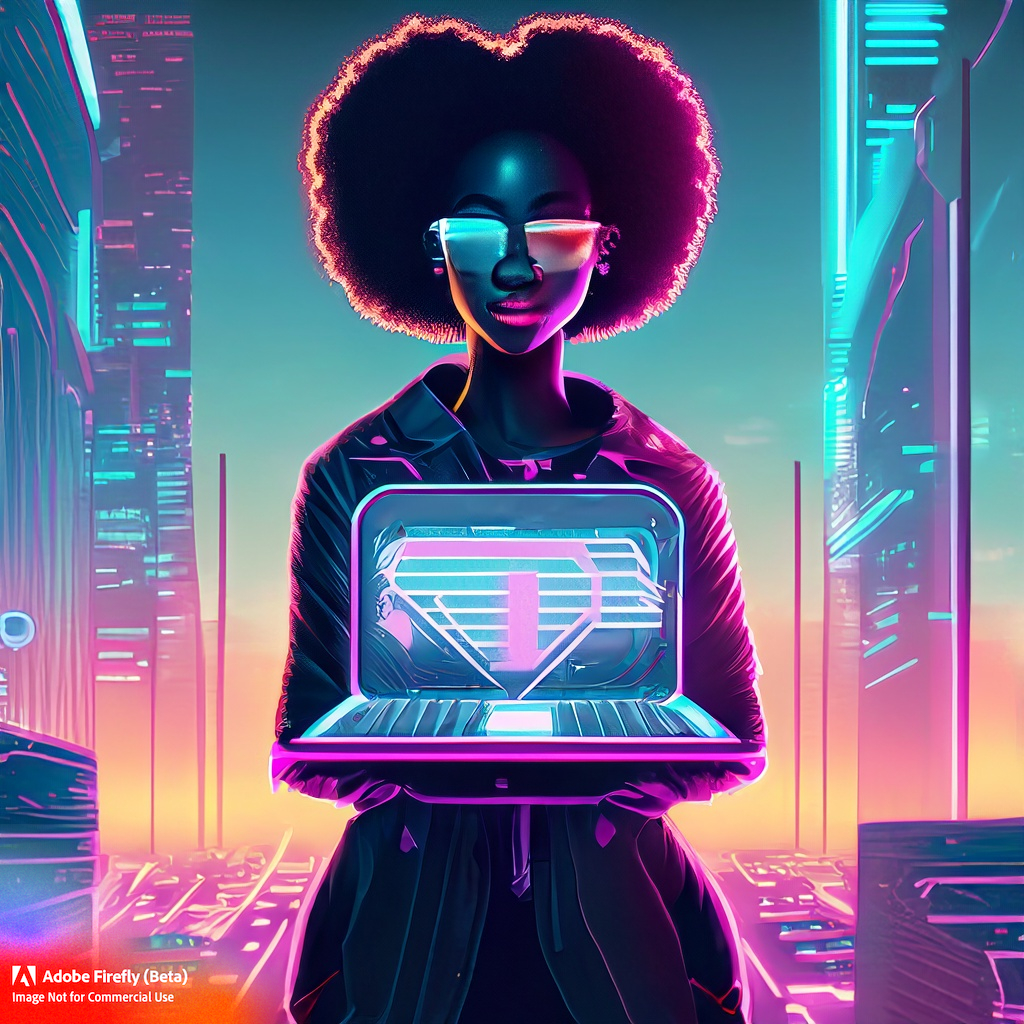As a UX-lead, I’m constantly looking for ways to enhance the user experience and stay ahead in the ever-evolving digital landscape. With the rapid advancements in Artificial Intelligence (AI) and Large Language Models (LLM) I belive it will have profound impact on the way we interact with websites and online platforms.
By leveraging the power of these technologies, we can create more personalized and efficient experiences for users. In this blog post, I’ll delve into some of my thoughts on how AI and LLM´s are transforming the future of website design and user experience.
Websites Built Around User Criteria
I believe that future websites will be built around user criteria, tailored to meet the specific needs and preferences of individual users. This can be achieved through AI-powered personalization, dynamic content presentation, and contextual information. Instead of navigating through pre-defined structures, the website will adapt to users’ needs, presenting information based on their search queries or past behavior.
AI algorithms, such as collaborative filtering and content-based filtering, can analyze user behavior and preferences to offer personalized recommendations. Similarly, natural language processing (NLP) and semantic analysis can help understand user queries, enabling websites to deliver more accurate and relevant content.
One of the most significant developments in UX design is the increased focus on personalization and customization. AI and LLM technologies enable websites to analyze user data, preferences, and behavior, which can then be used to tailor the user experience according to individual needs. By providing more relevant content and recommendations, users are likely to find the website more engaging and useful, thus improving overall user satisfaction.
Adaptive User Interfaces
Here we can leverage AI to adjust user interfaces to accommodate individual user preferences and needs. This may involve altering font sizes, color schemes, or menu layouts to provide a more comfortable and enjoyable browsing experience.
AI can provide context-aware design solutions, tailoring the website experience based on factors such as location, time, and user preferences. This can help to create more relevant and engaging experiences for users, increasing satisfaction and user retention.
In-Depth, Customized Information
Another hypothesis I have is that websites will present in-depth and customized information based on users’ requirements. By utilizing AI to analyze users’ search queries and behavior, websites can provide detailed and relevant content. For example, if a user searches for a specific product, the website can display product specifications, images, reviews, and other related information from multiple sources. This level of detail and customization can significantly enhance user satisfaction and engagement.
Predictive Analytics, A/B Testing and Optimization
AI-powered predictive analytics can analyze large datasets to identify trends and patterns that inform website design decisions. By understanding user behavior and preferences, designers can create more effective user experiences that cater to the target audience’s needs.
Here we can use this insight to automate A/B testing processes and optimize website design elements based on real-time user data. This enables designers to make data-driven decisions and continuously refine their designs to enhance user satisfaction and engagement.
Multiple Sources of Information
I believe that leveraging multiple information sources will be essential in providing users with comprehensive and nuanced experiences. Websites can combine data from internal and external sources, such as social media, news articles, product reviews, and customer feedback, to create a more complete and well-rounded user experience.
To achieve this, AI technologies like web scraping and data mining can be employed to gather information from various sources, while NLP and sentiment analysis can be used to process and analyze the collected data.

Explainable AI and Transparency in UX Design
Lastly, as AI systems become more prevalent in website design, it is essential to establish trust and accountability by creating transparent AI systems that provide clear explanations for their decisions and actions. This can be achieved through Explainable AI (XAI), which aims to make AI models and algorithms more understandable to users. Transparency in AI will play a critical role in the future of UX design, as it helps build user trust in AI-powered systems.
https://en.wikipedia.org/wiki/Explainable_artificial_intelligence
And the big question?
If we use AI to find answers, present relevant content and compare information what will then become of the websites themselves?
I think it is important to look at this from a holistic perspective. This will not change tomorrow, we will have time to adapt and to adjust but I believe there is a rather big change on the horizon.
If we do not use search engines to find answers but rather utilize AI to search and consume information, what then? Will the user interact with the website, or are there only specific use cases where that is relevant?
Conclusion
While my hypotheses are based on my personal insights and may not necessarily reflect the actual future trajectory of web design, I believe that AI and user-centric approaches will play a central role in transforming the way websites are built and how users interact with them. As UX professionals, it is crucial to adapt to these changes and explore new ways of organizing and presenting information on websites. By doing so, we can create more engaging, relevant, and personalized experiences for users, ultimately driving the success of our digital projects.
The integration of AI and LLM technologies in website design and user experience is undeniably transforming the digital landscape. By leveraging these advancements, we can create more personalized, efficient, and engaging experiences for users. As a UX-lead, I’m excited about the potential of AI and LLM´s in shaping the future of website design and user experience, even though my predictions may not be entirely accurate.
